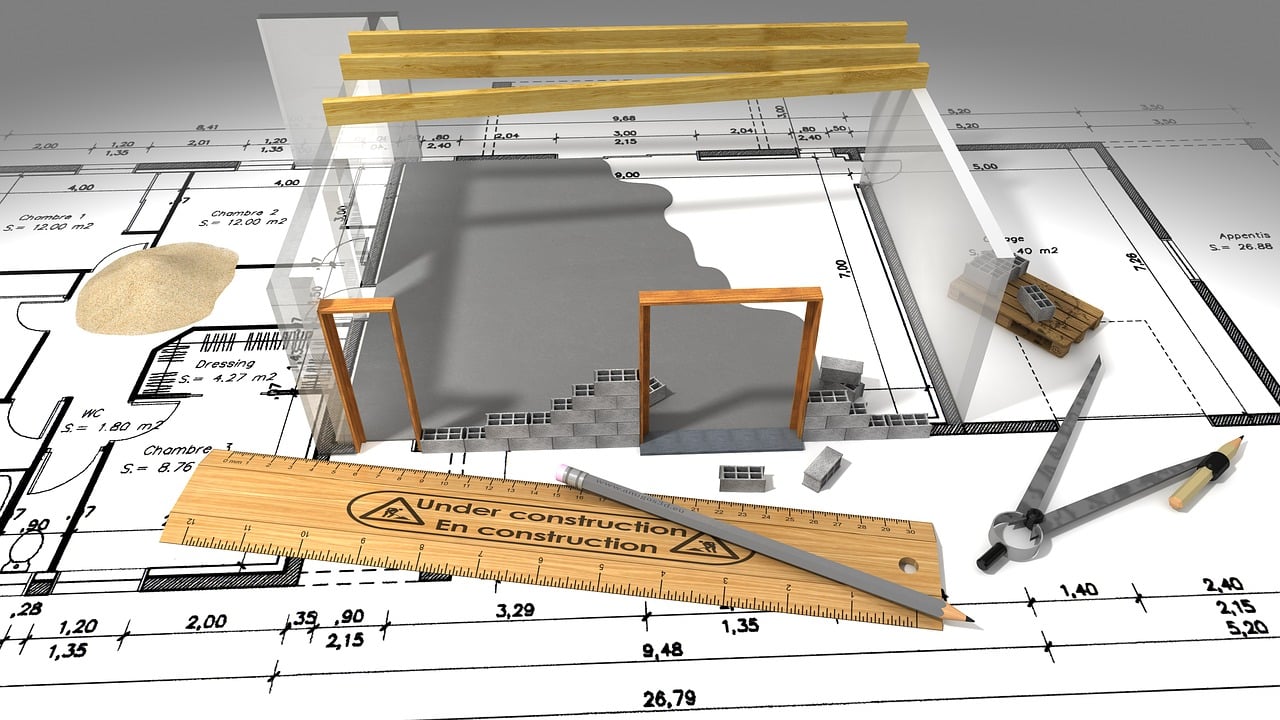-
Table of Contents
The Art of Architecture: Masterpieces from Leading Architects
Architecture stands as a testament to human ingenuity and creativity. From ancient wonders to modern marvels, the structures we build reflect our values, aspirations, and technological advancements. This article explores some of the most iconic architectural masterpieces created by leading architects, highlighting their unique contributions to the field.
Historical Masterpieces
Throughout history, certain structures have stood out for their innovative design and cultural significance. These buildings not only serve functional purposes but also inspire awe and admiration.
The Parthenon
Located in Athens, Greece, the Parthenon is a symbol of ancient Greek civilization. Designed by architects Ictinus and Callicrates, this temple dedicated to the goddess Athena showcases the Doric order’s elegance and precision. Its enduring legacy continues to influence modern architecture.
The Great Wall of China
Stretching over 13,000 miles, the Great Wall of China is an engineering marvel. Built to protect against invasions, it represents the ingenuity and determination of ancient Chinese architects. The wall’s construction spanned several dynasties, each contributing to its grandeur.
Modern Marvels
In the modern era, architects have pushed the boundaries of design and technology, creating structures that redefine our understanding of space and form.
The Guggenheim Museum
Designed by Frank Lloyd Wright, the Guggenheim Museum in New York City is a masterpiece of modern architecture. Its unique spiral design challenges traditional notions of museum spaces, offering visitors a continuous, flowing experience. Wright’s innovative use of concrete and glass has made the Guggenheim an iconic landmark.
Burj Khalifa
Standing at 828 meters, the Burj Khalifa in Dubai is the tallest building in the world. Designed by Adrian Smith of Skidmore, Owings & Merrill, this skyscraper exemplifies cutting-edge engineering and design. Its sleek, tapering form and advanced structural systems make it a symbol of modern architectural achievement.
Sustainable Architecture
As environmental concerns grow, architects are increasingly focusing on sustainability. These structures not only minimize their ecological footprint but also promote a harmonious relationship with nature.
The Edge
Located in Amsterdam, The Edge is often cited as the greenest building in the world. Designed by PLP Architecture, this office building features advanced energy-saving technologies, including solar panels and a rainwater harvesting system. Its smart design optimizes natural light and ventilation, reducing energy consumption significantly.
One Central Park
One Central Park in Sydney, Australia, designed by Jean Nouvel, is a striking example of sustainable architecture. The building’s facade is covered with vertical gardens, which not only enhance its aesthetic appeal but also improve air quality and reduce heat absorption. The integration of renewable energy sources further underscores its commitment to sustainability.
Innovative Designs
Innovation in architecture often involves reimagining traditional forms and materials. These structures challenge conventional design principles, offering fresh perspectives on what buildings can be.
The Shard
Designed by Renzo Piano, The Shard in London is a striking example of contemporary architecture. Its glass facade and sharp, tapering form make it a distinctive addition to the city’s skyline. The building’s mixed-use design, incorporating offices, residences, and a hotel, exemplifies modern urban planning.
Fallingwater
Frank Lloyd Wright’s Fallingwater is a masterpiece of organic architecture. Built over a waterfall in Pennsylvania, this house seamlessly integrates with its natural surroundings. Wright’s innovative use of cantilevered structures and natural materials creates a harmonious blend of architecture and nature.
Architectural Trends
Current trends in architecture reflect broader societal shifts and technological advancements. These trends shape the way we design and interact with our built environment.
- Smart Buildings: Incorporating advanced technologies to enhance efficiency and user experience.
- Biophilic Design: Integrating natural elements to promote well-being and sustainability.
- Adaptive Reuse: Repurposing existing structures to meet contemporary needs while preserving historical value.
- Parametric Design: Using algorithms and computational tools to create complex, dynamic forms.
Conclusion
Architecture is a dynamic and evolving field that continually pushes the boundaries of creativity and innovation. From historical landmarks to modern skyscrapers, each masterpiece tells a story of human achievement and aspiration. As we look to the future, sustainable and innovative designs will play a crucial role in shaping our built environment, reflecting our values and addressing the challenges of our time.
